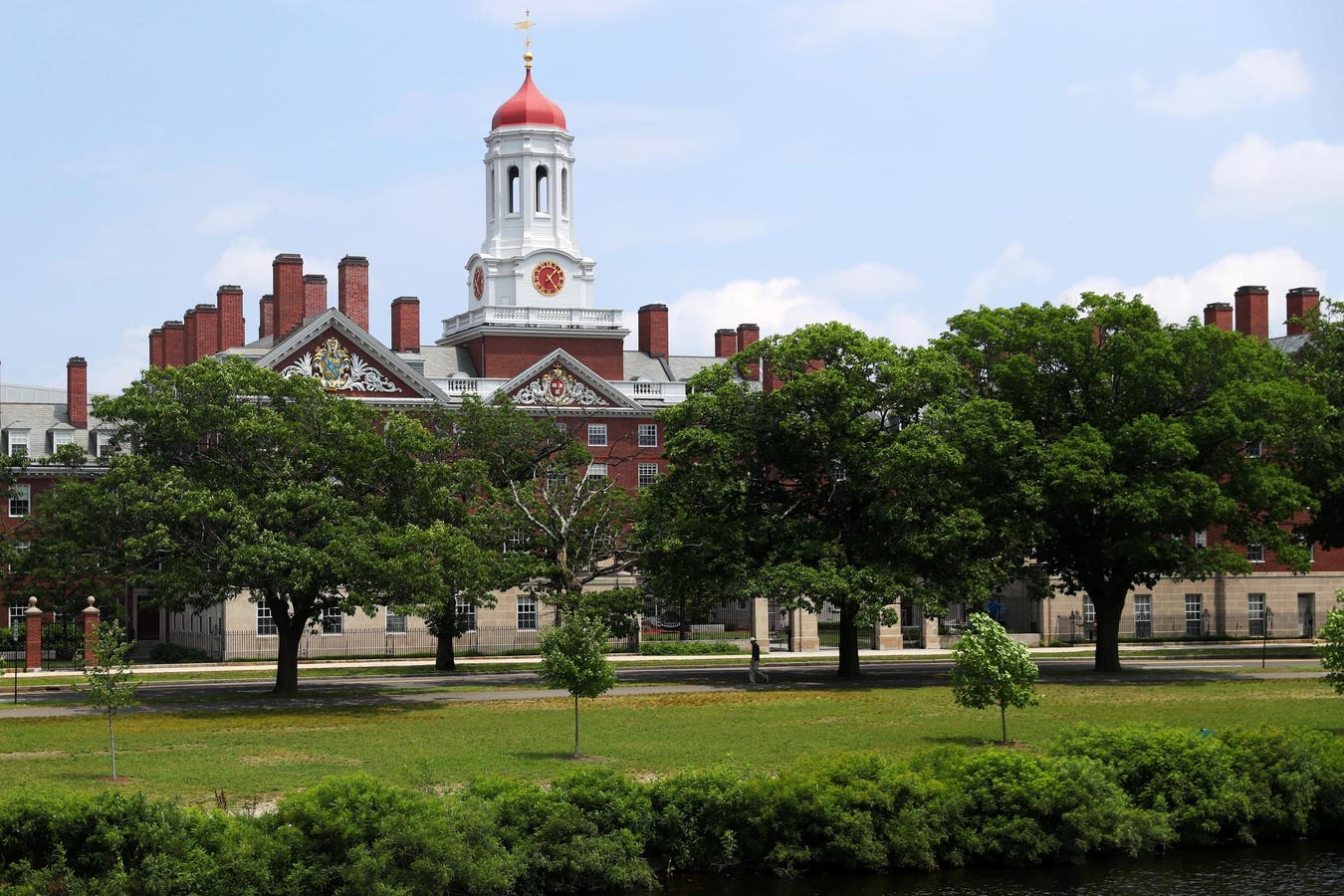As the Trump administration strips away federal funding for research, America’s wealthiest colleges, including Harvard and Princeton, are borrowing billions to maintain status quo operations short-term. Colleges and universities issued $11.6 billion in municipal bonds in Q1 of 2025, making it the highest quarter on record for the higher education municipal bond market, says Lisa Washburn, managing director at Municipal Market Analytics. Last year, Q1 issuances totaled $7.9 billion.
With taxable bonds included, Q1 2025 was the third-highest quarter ever for borrowing by college and universities, totaling $12.4 billion. It follows only the early days of Covid-19, Q2 of 2020, when schools borrowed $17.1 billion, and the peak of the 2008 financial crisis, Q1 of 2009, when schools took on $12.5 billion, says Washburn. Ninety percent of the borrowers in Q1 2025 have been AAA or AA-rated schools, up from three-quarters last year.
“This is falling into one of the three periods that have been the most uncertain in the past 20 years,” Washburn says. “What you’re seeing is only part of the borrowing that’s potentially going on.” She’s also noticed an uptick in new commercial paper programs, as well as revolving loan facilities.
Harvard University, with an endowment worth $53.2 billion, plans to borrow $750 million via AAA-rated taxable bonds due Sept. 12, 2035. The new bonds, which have not yet been priced, will bring total pro forma debt obligation to approximately $8.8 billion, according to a Monday report from S&P Global ratings. The debt includes $722 million in operating leases and $101 million in capital leases.
“A number of institutions are now financing to get some bridging liquidity so they don’t have to dip too deeply into their reserves until the dust settles,” says Fred Prager, senior managing director at HilltopSecurities and veteran higher education financier. “They’re already putting in hiring freezes and they’re already letting some staff go, but until they really know what’s going to happen, they either need liquidity or need to be very, very assertive when it comes to their operating profile.”
For Harvard the new bonds will be the second issuance this year—the university issued $224 million in AAA-rated tax-exempt bonds in February. The latest bond deal follows an announcement by the Trump administration last week to review $256 million in federal contracts and $8.7 billion in multi-year grant commitments to the university. Though the education department hasn’t made any immediate demands of Harvard, the department says the probe will “follow a similar ongoing review of Columbia University,” during which the Trump administration tied up $400 million in federal research funding until Columbia agreed to a slew of demands related to student disciplinary procedures, review of curricular offerings and defining anti-semitism. In fiscal 2024, Harvard received $868 million in federal funding for research, which made up 11% of its operating revenues, per S&P.
Princeton University also plans to issue $320 million in AAA-rated bonds, which would bring its total debt obligation to close to $6 billion, according to S&P. The money will support Princeton’s “capital plan and general university needs,” S&P reports, including plans to renew current facilities, construct residence halls and expand engineering and science facilities. In late February, Stanford University issued $327 million in taxable AAA-rated bonds. Chicago’s Northwestern University issued $500 million in taxable, fixed-rate AA+-rated bonds in March.
The federal government’s reduction of indirect cost recovery for research grants to 15% will have profound financial impacts on even the richest colleges, says Prager, who described the move as “taking a machine gun to the sector.” Ratings agency Moody’s revised its outlook for the higher education sector to negative in March, citing cuts to research funding, enforcement actions against diversity programs, staff reductions at the department of education, uncertainty over federal student aid, and possible expanded taxes on endowments. Other economic uncertainty—such as the recent slew of tariffs’ impact on families’ ability to pay tuition—adds to the financial stress on colleges.
“In anybody’s planning horizon, there’s always room for uncertainty and unplanned externalities. There’s going to be another plague. There may be other wars. That normally affects the institutional credit profile, but not in a profound way,” says Prager. “This is a direct assault.”
Read the full article here


